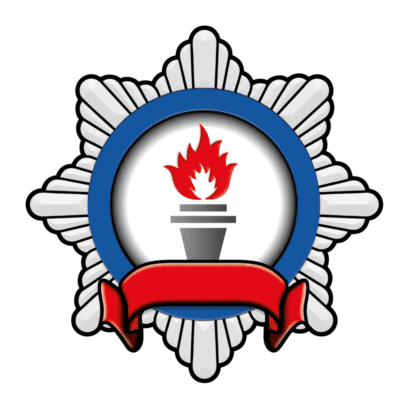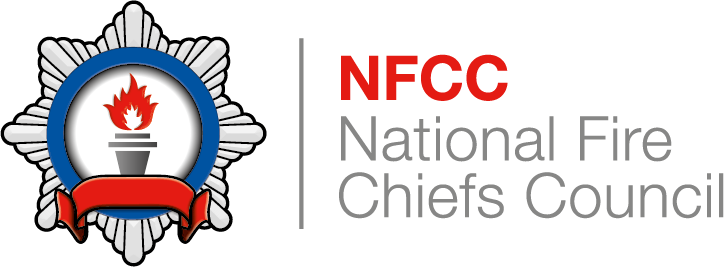Published 14 December 2022
NFCC calls for new high rise residential buildings to have more than one fire escape staircase

The National Fire Chiefs Council (NFCC) has today released a statement calling on the Government to make it a requirement for all new high rise residential buildings over 18 metres or seven storeys to have more than one staircase. In England, there is currently no maximum height for residential buildings with only one staircase.
NFCC is urging the Government to adopt the following changes for high rise residential buildings over 18 metres or seven storeys:
- All new buildings must have more than one protected staircase.
- All existing buildings must be retrofitted with sprinklers.
- Lifts in existing buildings should be installed or replaced for use in an evacuation.
Across England, many people live in high rise blocks of flats with a single staircase. In an evacuation, this means that the same escape route used by residents is also used by firefighters carrying firefighting equipment, and potentially also assisting elderly, disabled, and vulnerable people to safely evacuate.
Gavin Tomlinson, NFCC Protection and Business Safety Scrutiny Committee Chair said: “We are calling on the Government to ensure that all new high rise residential buildings over 18 metres, or seven storeys, have more than one fire escape staircase. In the event of a fire, a correctly designed second staircase removes the risk of a single point of failure, buying critical time for firefighting activities, and providing residents with multiple escape routes.”
A correctly designed second staircase removes the risk of a single point of failure, buying critical time for firefighting activities, and providing residents with multiple escape routes
Gavin Tomlinson, NFCC Protection and Business Safety Scrutiny Committee Chair
Evacuation may not always be necessary, as it is often safe for residents to ‘stay put’ in the event of a fire. However, Incident Recording System data on mass evacuations shows that from 1 April 2019 to 31 March 2022, the London Fire Brigade reported 154 cases where 10 or more people evacuated from a block of flats of at least six storeys. This means nearly 8,500 residents chose to evacuate buildings rather than stay put, either before, during, or after the fire and rescue service arrived.
NFCC’s recommendations could be reinforced by amending building regulations or the key Government guidance, Approved Document B.
Mark Hardingham, NFCC Chair added: “The Government should be commended on the improvements it has made, such as banning combustible cladding and requiring sprinklers at 11 metres. However, we urge the Government to now publish an updated workplan for the review of Approved Document B to give regulators, the public, and the wider fire safety industry confidence that the Government is still committed to reform.”
England is an international outlier, with countries such as the United States, Canada and Australia all having height limits. Even within the UK there is inconsistency, as buildings over 18 metres in Scotland are required to have multiple staircases.
NFCC’s position statement on single staircases in residential buildings is available on our website.
